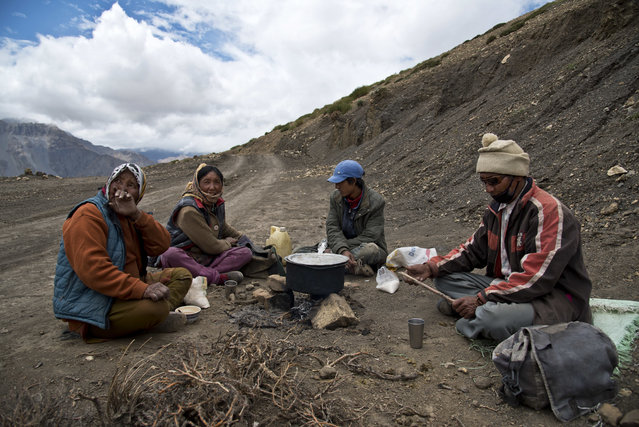
In this August 17, 2016, photo, from left to right, Chhering Chodom, 60, Tashi Yangzom, 50, Lobsang Chhering, 27, and Dorje Tandup, 58, drink milk tea on the side of the road. For centuries, the sleepy valley nestled in the Indian Himalayas remained a hidden Buddhist enclave forbidden to outsiders. Enduring the harsh year-round conditions of the high mountain desert, the people of Spiti Valley lived by a simple communal code – share the Earth's bounty, be hospitable to neighbors, and eschew greed and temptation at all turns. That's all starting to change, for better or worse. Since India began allowing its own citizens as well as outsiders to visit the valley in the early 1990s, tourism and trade have boomed. And the marks of modernization, such as solar panels, asphalt roads and concrete buildings, have begun to appear around some of the villages that dot the remote landscape at altitudes above 4,000 meters (13,000 feet). Many of the valley's 13,000 or so residents – ethnically Tibetan yet long resident in the Indian state of Himachal Pradesh – welcome the influx of tourists eager to explore the mountains or simply enjoy the pristine surroundings. Tourism has become so important it now makes up at least half of most people's annual income, Khanna said. The rest of the people's wealth comes from traditional channels – herding sheep and goats, and growing crops like black beans, barley and, more recently, green peas. But some villagers and travelers worry the influx of new funds will bring competition, greed and environmentally taxing change, such as flush toilets that might empty straight into the Spiti River, or a strain on the region's already limited water sources. (Photo by Thomas Cytrynowicz/AP Photo)
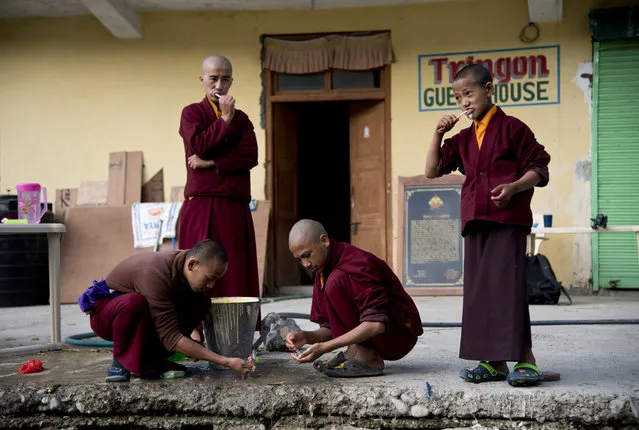
In this August 20, 2016, photo, a group of young monks brush their teeth at the Kongri monastery, Spiti Valley, India. (Photo by Thomas Cytrynowicz/AP Photo)
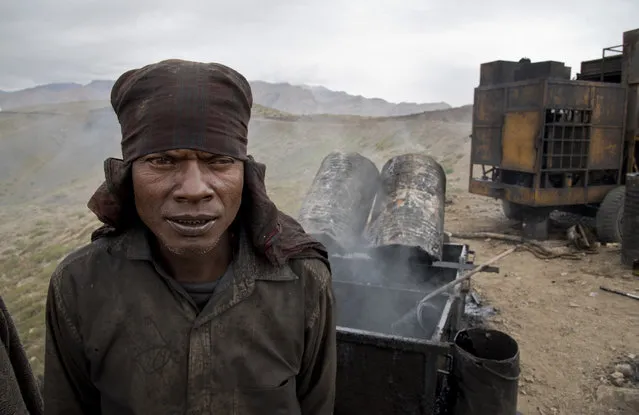
In this August 17, 2016, photo, a worker stands next to a stove of liquid asphalt by a road under construction leading to Demul in Spiti Valley, India. (Photo by Thomas Cytrynowicz/AP Photo)
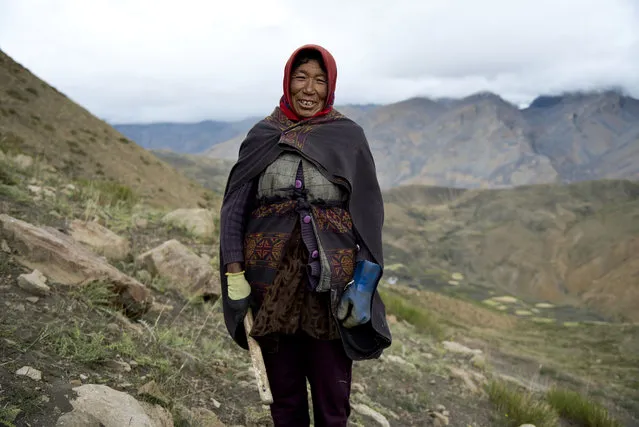
In this August 17, 2016, photo, 60-year-old farmer Rinchen, gathers mountain plants that will serve as fodder for cattle in Demul, in the Spiti Valley, India. (Photo by Thomas Cytrynowicz/AP Photo)
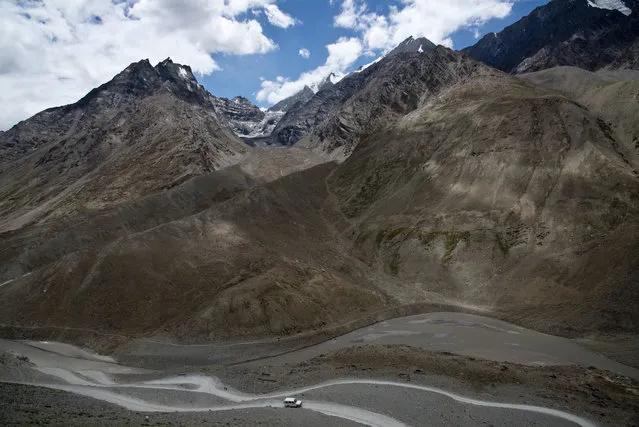
In this August 15, 2016, photo, a jeep drives along the only road that leads to Spiti Valley, a remote Himalayan valley situated at 4000 meter above sea level, India. (Photo by Thomas Cytrynowicz/AP Photo)
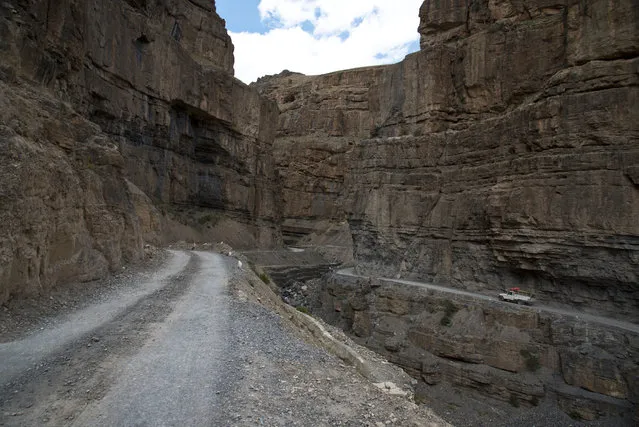
In this August 15, 2016, photo, a car drives along a mountain road that leads to Spiti Valley, a remote Himalayan valley situated at 4000 meter above sea level, India. It takes about ten hours to reach from Manali, a city in Himachal Pradesh. (Photo by Thomas Cytrynowicz/AP Photo)
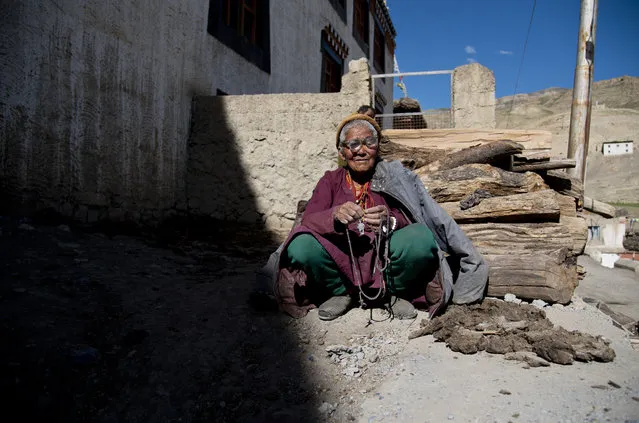
In this August 16, 2016, photo, an elderly woman sits in front of her house in the village of Kibber, in Spiti Valley, India. (Photo by Thomas Cytrynowicz/AP Photo)
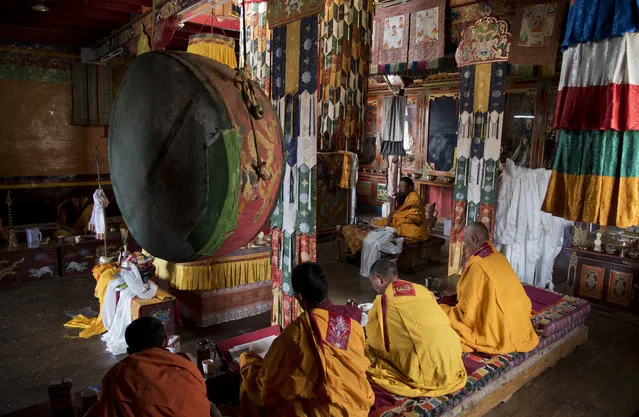
In this August 18, 2016, photo, Buddhist monks perform their daily rituals in the monastery of Komic in Spiti Valley, India. (Photo by Thomas Cytrynowicz/AP Photo)
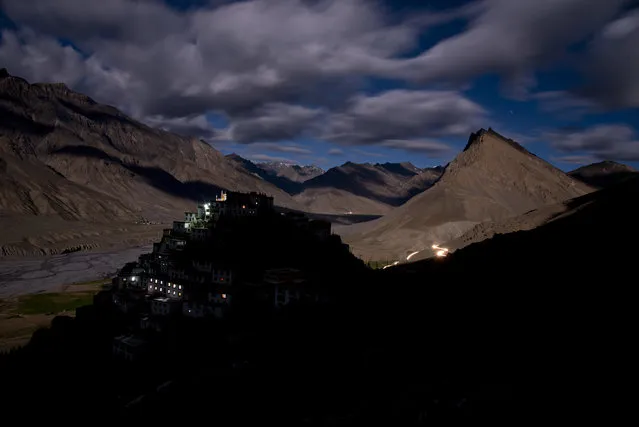
In this August 18, 2016, photo, the Key monastery is seen from a neighboring hilltop. Key is one of the most important Buddhist monasteries in the Spiti Valley, and home of more than 350 monks. (Photo by Thomas Cytrynowicz/AP Photo)
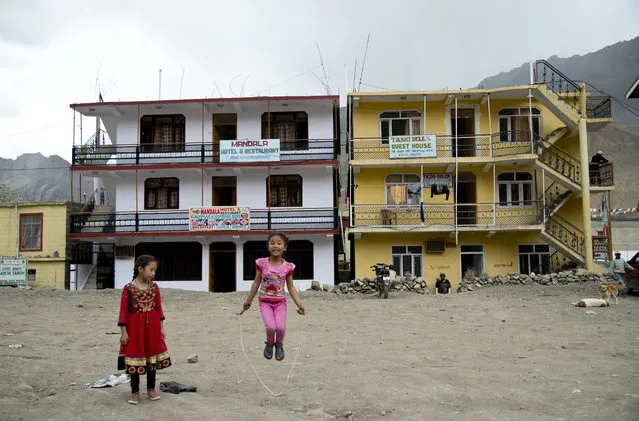
In this August 20, 2016, photo, two girls play in front of newly constructed hotels in Kaza, headquarters of the Spiti Valley, India. (Photo by Thomas Cytrynowicz/AP Photo)
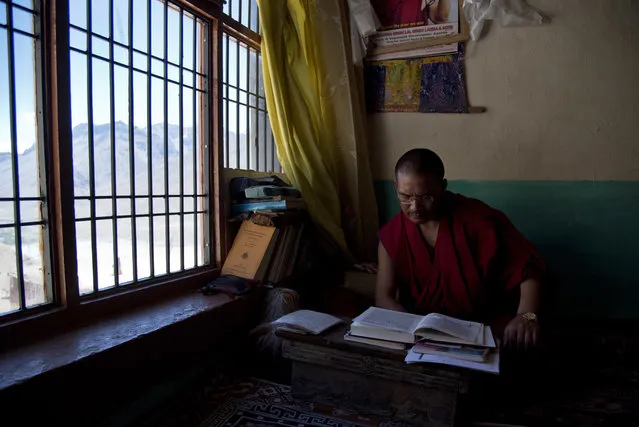
In this August 16, 2016, photo, Buddhist lama Tenzin Rigzin studies religious texts in his room at the Key monastery, Spiti Valley, India. (Photo by Thomas Cytrynowicz/AP Photo)
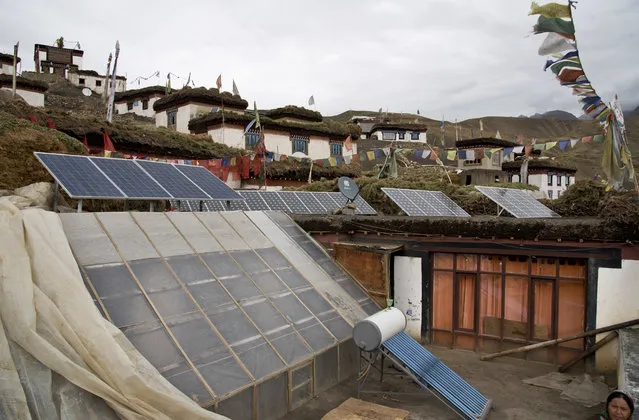
In this August 17, 2016, photo, solar panels are installed on the rooftop of a traditional house in the mountain village of Demul, Spiti Valley, India. Set up six years ago by an eco-tourism foundation, the panels provide 24/7 electricity to each household in the village. (Photo by Thomas Cytrynowicz/AP Photo)
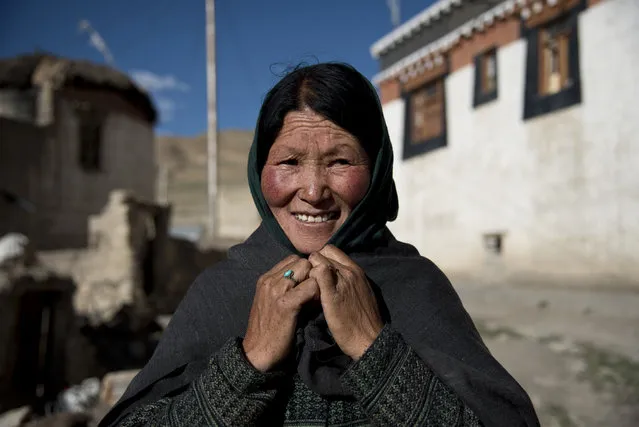
In this August 16, 2016, photo, a woman ties a scarf around her head to protect herself from the wind in the village of Kibber, in Spiti Valley, India. (Photo by Thomas Cytrynowicz/AP Photo)
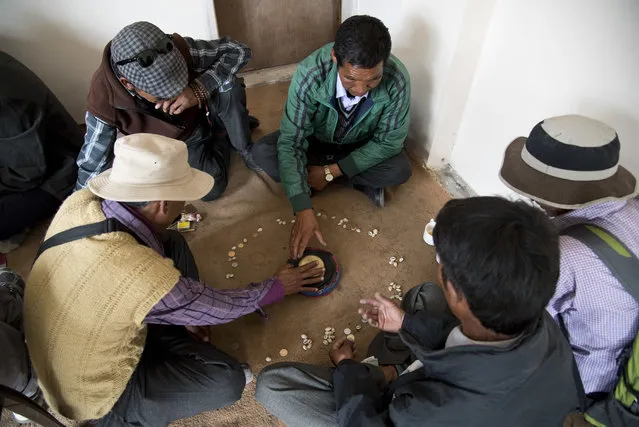
In this August 20, 2016 photo, elders play “chollo”, a game where they shout as they throw the dice to bring good luck, in the city of Kaza, Spiti Valley, India. (Photo by Thomas Cytrynowicz/AP Photo)
15 Sep 2016 09:22:00,
post received
0 comments
